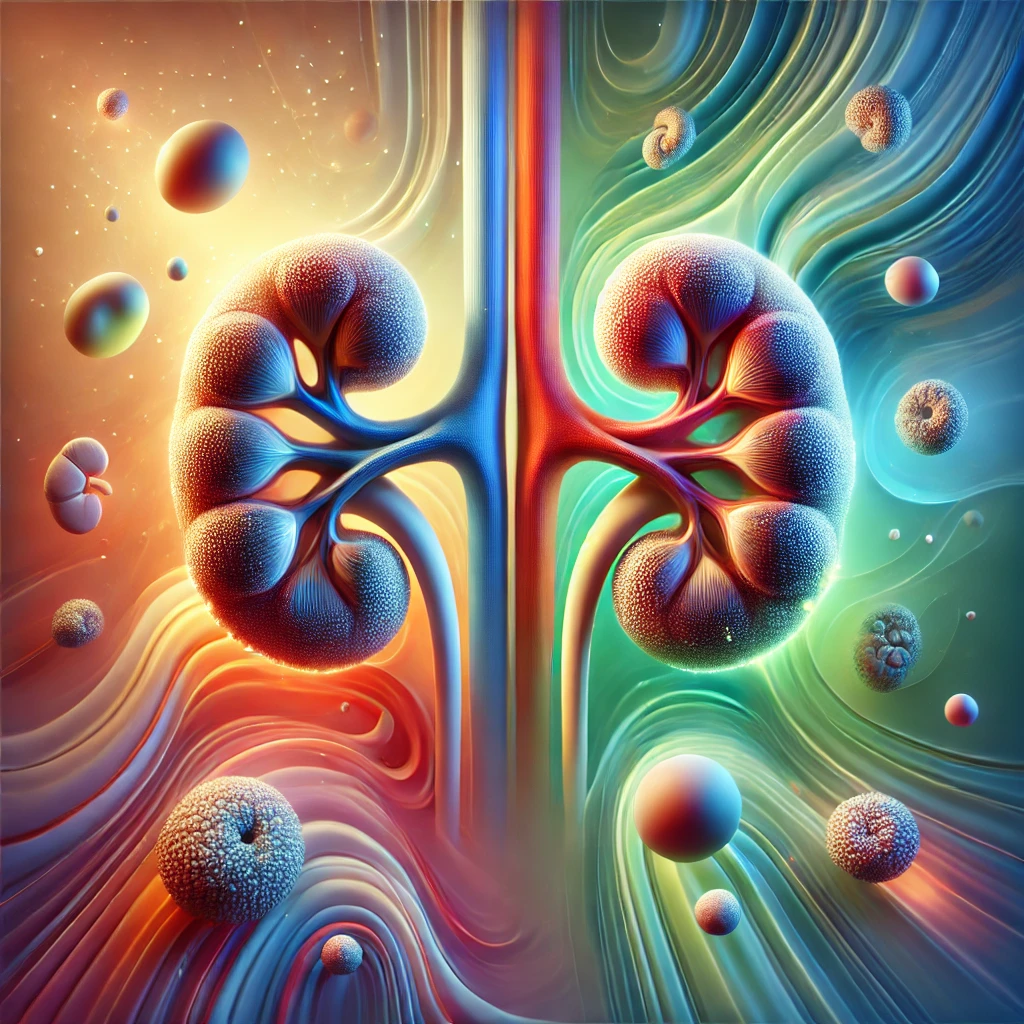Kidney stones, also known as renal calculi, are hard mineral and salt deposits that form inside the kidneys. These stones develop when urine becomes concentrated, allowing minerals to crystallize and stick together. While they can vary in size and composition, kidney stones are a common medical condition that affects millions of people worldwide.
What Are Kidney Stones?
Kidney stones form in the urinary tract, which includes the kidneys, ureters (tubes connecting the kidneys to the bladder), bladder, and urethra. Depending on their size, they can either pass naturally through the urinary system or require medical intervention.
Types of Kidney Stones
There are several types of kidney stones, classified based on their composition:
- Calcium Stones: The most common type, often composed of calcium oxalate or calcium phosphate.
- Struvite Stones: Typically form in response to urinary tract infections (UTIs) and grow rapidly.
- Uric Acid Stones: More common in people with high protein diets or those with gout.
- Cystine Stones: Rare and caused by a genetic disorder called cystinuria.
Symptoms of Kidney Stones
Kidney stones often remain asymptomatic until they move into the ureters. Common symptoms include:
- Severe pain in the back, side, lower abdomen, or groin.
- Nausea and vomiting.
- Blood in the urine (hematuria), causing it to appear pink, red, or brown.
- Frequent urination or an urgent need to urinate.
- Painful urination.
- Cloudy or foul-smelling urine.
Risk Factors
Several factors can increase the risk of developing kidney stones, including:
- Dehydration: Low water intake leads to concentrated urine.
- Diet: High intake of sodium, oxalates, or animal protein.
- Obesity: Excess weight increases the risk of kidney stones.
- Medical Conditions: Disorders like gout, diabetes, and hyperparathyroidism.
- Family History: A genetic predisposition to kidney stones.
Diagnosis
Doctors diagnose kidney stones using:
- Imaging Tests: Ultrasound, CT scans, or X-rays.
- Urinalysis: To detect crystals, blood, or signs of infection.
- Blood Tests: To check calcium and uric acid levels.
Treatment Options
Treatment depends on the size and type of stone:
- Small Stones: Often pass naturally with adequate hydration and pain relievers.
- Larger Stones: May require medical procedures like:
- Extracorporeal shock wave lithotripsy (ESWL) to break stones into smaller pieces.
- Ureteroscopy to remove stones using a thin scope.
- Percutaneous nephrolithotomy for larger stones through a small incision.
- Surgical removal in rare cases.
Prevention
To reduce the risk of kidney stones:
- Stay well-hydrated by drinking plenty of water.
- Limit foods high in sodium and oxalates (e.g., spinach, nuts).
- Maintain a balanced diet rich in fruits and vegetables.
- Consult a doctor for dietary recommendations if you have a history of stones.
Conclusion
Kidney stones, though painful, are often preventable and treatable. Recognizing symptoms early and adopting a healthy lifestyle can significantly reduce the risk of recurrence. If you suspect you have kidney stones or experience severe pain, consult a healthcare provider for timely diagnosis and management.

